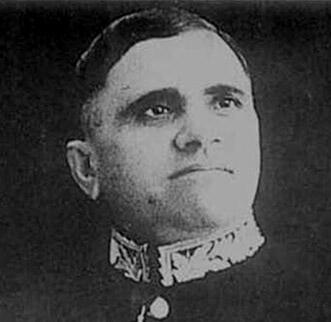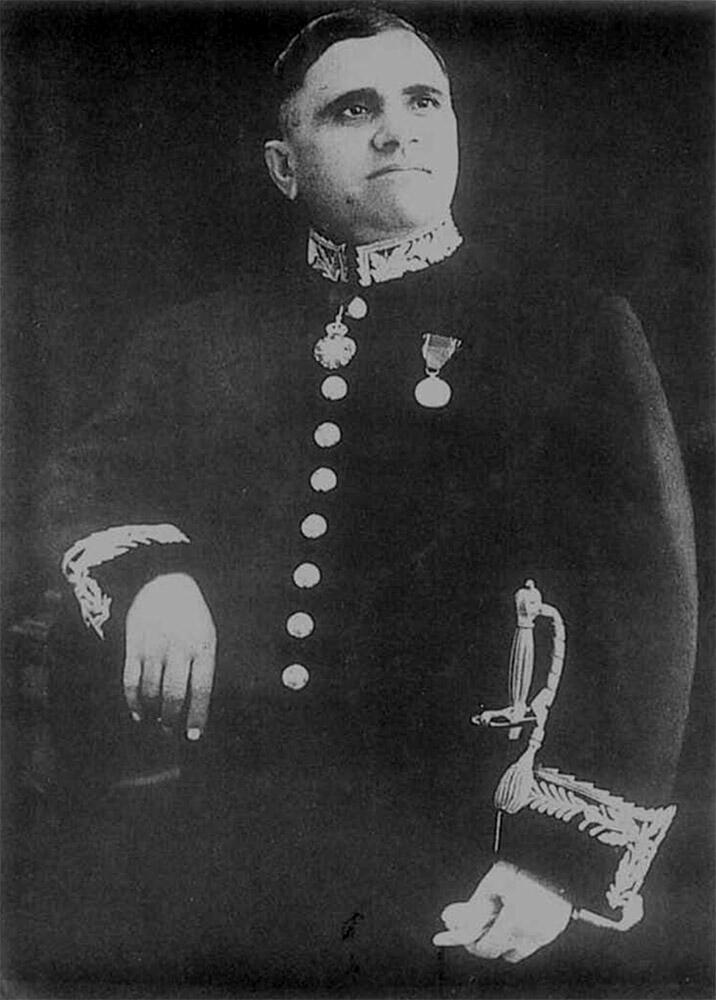Rai Bahadur Daya Ram Sahni (1879-1939) was a pivotal figure in the discovery of Harappa, familiar with the mysterious seals and earlier archaeologist and scholar's visits to the site. It was Sahni who, after a three-day visit in February 1917 began the process that led to his first excavations there in January 1921.
Nayanjot Lahiri writes of him: "The recipient of the Survey's first Sanskrit scholarship was Daya Ram Sahni. Like Niaz Muhammad, he came from Lahore. He was barely in his twenties and had been working as McLeod Sanskrit Reader in the Oriental College there. As a student he had obtained a medal for Sanskrit in the BA examination at the Punjab University, taken the top rank in Oriental Languages at the MA examination, and won the McLeod and Raja Harbans Singh gold medal in 1903 along with a purse of a hundred rupees. Unlike his Persian/Arabic counterparts, Sahni would have a long innings in the Survey: in fact he spent practically his entire working life there, from 1903 till 1935, when he retired as the first Indian director general of the Survey.
"Among his superiors Sahni was perceived from his early years as the most promising and talented among the initial crop that the Survey had recruited. Vogel, when superintendent of the Punjab and United Provinces, described him to one of his colleagues as 'industrious, accurate and modest, three excellent qualities.'1 Presumably because of this, even during the period of his scholarship Sahni was greatly in demand: Vogel and Marshall used to share him as assistant . . ." (Finding Forgotten Cities, p. 202).
"We know that the war had put Marshall's plans for excavating Harappa on a back burner. But equally, notwithstanding the dislocations of the war, it remained uppermost in his mind. It is not fortuitous therefore that, within a week of Sahni having taken over as superintendent of the Northern Circle, Marshall sent him off to inspect Harappa. Sahni first visited Harappa for three days from 20 to 22 February 1917, carrying with him the report of his predecessor, Hargreaves,who, it may be remembered, had suggested that since an exorbitant price was being demanded by landowners for the mounds, excavations should be made, to begin with, on only one mound–the one marked F in Cunningham's plan" (Finding Forgotten Cities, p. 202, 214).
Sahni himself would write, looking back over this history of the ASI in Revealing India's Past (1939): "After the reorganization of the Archaeological Department in 1902, much of the time and energy as well as the bulk of the funds provided for archaeological work had of necessity to be devoted to the repair and preservation of monuments standing above ground. It was, however, never the intention of the Government of Lord Curzon that other branches of archaeology, and particularly excava- tion and exploration, should be allowed to suffer. His policy, as quoted in Sir John Marshal's Chapter I—'to dig and discover, to classify, reproduce and describe, to copy and decipher, and to cherish and conserve'—has been strictly adhered to during the last thirty-seven years and has resulted in the discovery of numerous ancient monuments, including remains of long-forgotten cities."2
Despite his importance in the history of Indian archaeology, little has been written about Sahni and other early Indian archaeologists; we know them largely through their published writings in the ASI's reports.
1. Letter from Vogel to Cousens of 21 August 1906, no. 13 (1-11) of 1906, ASI, quoted in Lahiri, p. 386 Endnotes.↩
2. Rai Bahadur Daya Ram Sahni in John Cumming, Revealing India's Past A Co-operative Record of Archaeological Conservation and Exploration in India and Beyond, The India Society, London, 1939, p. 117.↩




